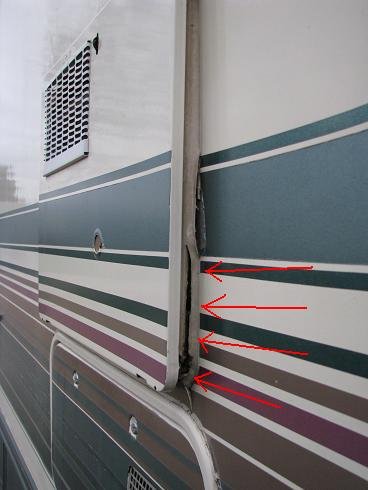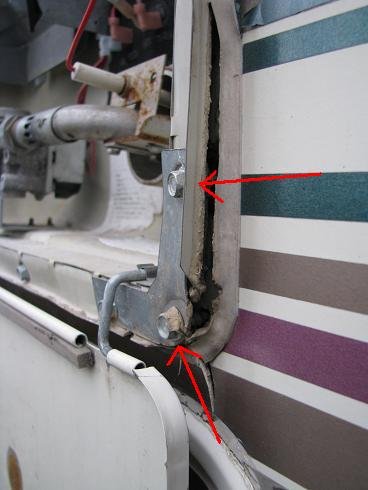I have to agree with Ron. Having used many dozens of caulks and caulking products over the years and cleaned off just as many, silicone can be a bear to remove. The only times it is easy is when it has been applied over 'old' silicone or when the surface was wet, greasy or dirty. If it comes off easily then it wasn't the correct application to begin with. I recently stripped down my shower stall, taking everything to pieces. Some previous owner had applied both silicone and latex caulks to everything - with a spoon, I think! It took me three days to remove all the caulk but the good news was, all the polished aluminum framework had been protected and looked like new (eventually). Rule of thumb...use latex or water clean-up caulk if the area is ever likely to be painted (even on the remote chance) and silicone based caulk if not (inside shower stalls, on tile-work, seams on countertops and around tubs etc). Read the label on the tube. If it says it is 'paintable' it is not true silicone.
There are chemical caulk removers on the market (which basically seem to be highly concentrated orange/citrus oil) which work reasonably well on latex caulks, but with silicone caulks they are not recommended and not that effective. I use(d) nylon scouring pads, a variety of self-made wooden/plastic scrapers (so as not to mark the underlying surface) and an abundance of elbow grease.
Scotty, if you intend to do a thorough job in the near future, and just want a temporary fix, use an inexpensive caulk, one recommended for tubs that is also 'paintable' with a short curing time. If it's It's going to be removed anyway, why make it hard for yourself or waste money? Afterall, it's only temporarily. The 'tub' caulk is a more water resilient than typical painters caulk, which is really designed to be painted over.
Another caulking tip...for those of us that still live in stick-built homes with stucco finishes. Use a 'sanded' tile grout (which comes in similar tubes as typical caulk) in a color to match the existing stucco, if available, around windows, door jambs and other cracks. It doesn't shrink and does a really good job of filling the voids. And because of the texture, blends in well with the existing stucco finish. Readily available at Lowes and Home Depot in the tile section. A little more expensive but worth the extra IMO. It's also 'paintable' but allow for 24-48 hr. curing.
BT


